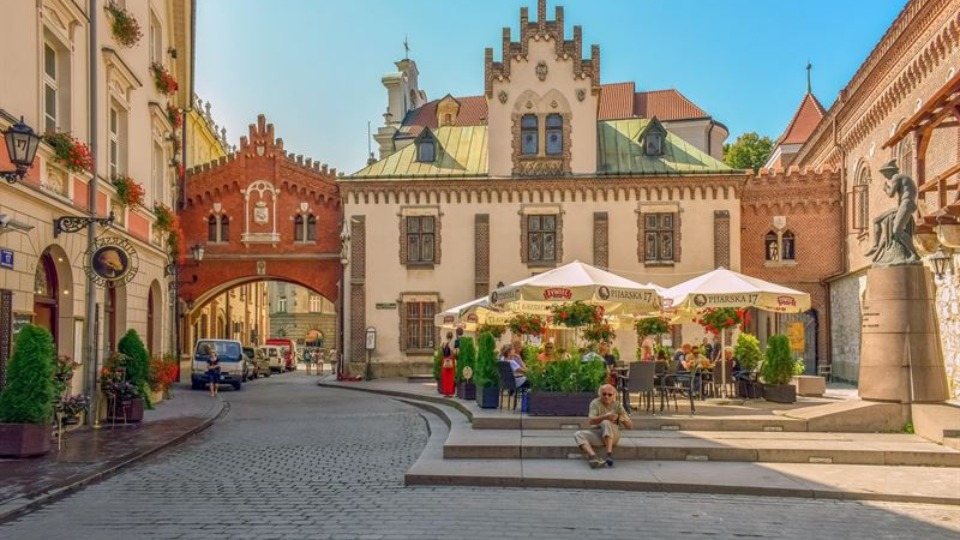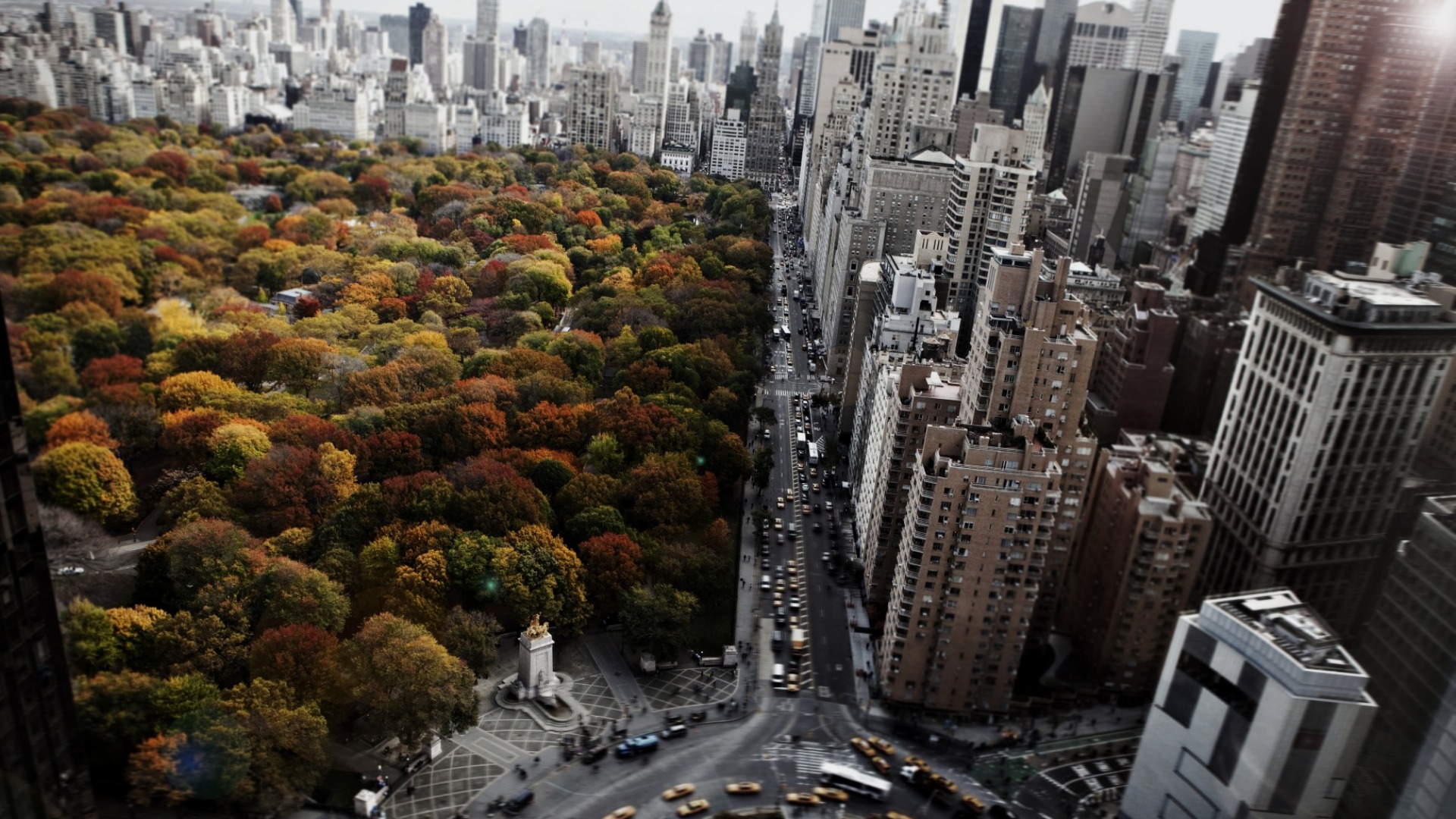
Ancient Underwater City Becomes Major Tourist Attraction

While the Qiandao lake in Zhejiang province, China may be beautiful, it covers an entire city that was submerged to create a hydroelectric power plant in 1959
Lion City, which was built more than 1,000 years ago, took it's name from the Five Lion Mountain beneath which it stood. Despite its rich history and impressive reputation, the city was flooded to create a reservoir that stretches for more than 573 square kilometers, and now serves as a popular tourist attraction.
The city remains undisturbed from the surface at a depth of 26-40m, and has provided scientists and archaeologists a glimpse into what life in ancient China was really like. Many of the intricate stone carvings and guardian lions that were scattered around the city are still perfectly intact as seen in the pictures taken by Chinese National Geography.
Qiu Feng, a local official in charge of tourism, first asked a Beijing-based diving club to come and explore the lake in 2001. Since then there has been an influx of tourists, and dive operators such as Big Blue in Shanghai organize trips to the city throughout the year, proving unusual opportunities to explore its underwater streets. A special submarine was also constructed to provide tours of the city, but has yet to be used due to local restrictions and concerns over damaging the city’s remains.
While the submerged city might seem beautiful now, it’s important to remember that the Chinese government at the time were happy to bury Lion City, along with another large city, 27 towns, 1,377 villages, and almost 50,000 acres of farmland to create a hydroelectric plant. The move flooded thousands of homes and displaced 290,000 citizens – a large price to pay for electricity and entertainment for hapless tourists.








